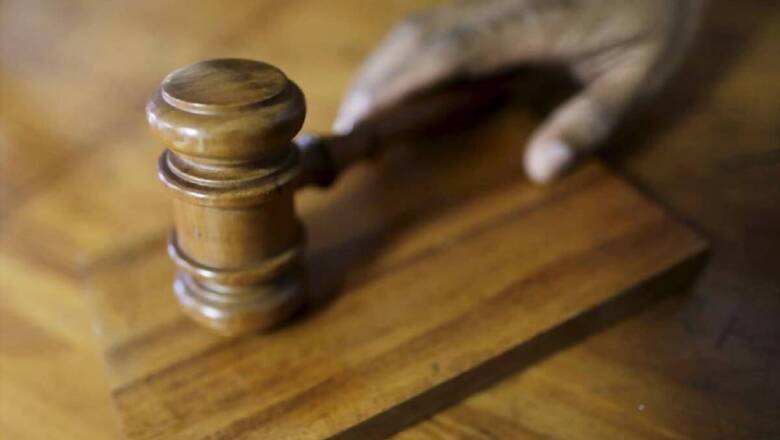
views
The conviction rate in cases related to caste-based violence has been falling consistently for the past three years, according to the latest data released by the National Crime Records Bureau (NCRB). The question of caste-based violence has emerged recently in a big way after the gang-rape and murder of a 20-year-old Dalit woman in Uttar Pradesh’s Hathras district allegedly by some upper caste men.
However, Uttar Pradesh Chief Minister Yogi Adityanath has accused certain individuals and outfits of hatching a conspiracy to instigate communal and caste violence in the state.
According to the NCRB data, the conviction rate in caste-based riots in 2019 was 18.1 per cent. In 2018, the conviction rate for it was 19.3 per cent and in the previous year, it was registered at 30.7 per cent.
Conviction rate is calculated by dividing the total number of convictions by total cases, where courts ordered convictions, discharge and acquittal of the accused.
In the same period, a fluctuation in the charge sheet ratio for caste-based riots was also observed. In 2019, the charge sheet rate for such crimes was 66.7 per cent, in 2018, it saw a dip at 35.7 per cent and in 2017, it was 65.7 per cent. The charge sheet ratio is calculated by dividing cases in which charge sheets were filed divided by total cases disposed of by the police.
Another notable trend was an increase in pendency rate, from 86.5 per cent in 2017 to 88 per cent in 2018, to 88.9% per cent in 2019. An increase in the pendency of cases means that the number of new cases is outpacing the number of disposed cases.
In the context of charge sheet rates, an analysis shows that of all the 19 metropolitan cities in the country, Delhi has the poorest charge sheet rate i.e. 16.2 per cent, while Mumbai has the worst pendency rate of 64 per cent. Of all the states, Bihar showed the greatest pendency rate of 98 per cent. It also registered the second worst conviction rate of 13.1 per cent. Assam registered the worst conviction rate of 6.7 per cent for 2019.
Another notable national trend that emerged from analysis of the NCRB data was a marginal improvement in national conviction rate from 48.6 per cent in 2017 to 49.9 per cent in 2018 to 50.2 per cent in 2019.




















Comments
0 comment